The largest private forestry company in the State, Green Belt, is planning to double operations over the coming years having planted more than 500m trees since its foundation in 1982.
That is according to Maurice Ryan, who heads up business development at the company, which has grown to employ 27 staff from its base in Virginia, Co Cavan.
Ryan told the Irish Farmers Journal that Green Belt manages more than 35% of the 400,000ha of land under forestry currently and has witnessed strong interest in the State’s new €1.3bn forestry programme from farmers.
Green Belt was set up by two former civil servants – Mossey Ryan and Tim O’Brien – in a garage when the two saw an opportunity to plant lands for investor and pension funds.
It then entered the “private sector” to plant and manage woodland for landowners and farmers.
“We are looking to scale up quite considerably and double our headcount over the next programme, double it at least,” the business development head said.
New programme has a lot to offer
The new forestry programme gives farmers attractive opportunities to secure a return from investing in their land, Green Belt CEO Imelda Connolly told the Irish Farmers Journal.
Farmers now have more flexible planting options and do not have to plant an entire section of farmland with conifers, such as Sitka spruce, if they wish to continue farming alongside a forestry enterprise. More rigid forestry policies had not afforded farmers these choices in previous years.
Green Belt’s early indications point towards the new programme being popular among farmers, but the exact details around planting requirements and the conditions attached to the tax-free payments have yet to be released by the Department of Agriculture.
“With the increased premium rates, it is very attractive. We have already had quite a lot of interest in it and I think the variety of planting that they have introduced will bring a few of the more reluctant farmers on board, that they would plant certain areas of the farm,” said Connolly.
“They can do smaller scale, everything from 1ha up. There are a lot of options. People are considering that outlying bit of land or the bit that isn’t too productive.”
Connolly went on to explain that most farmers had not planned far enough ahead to know which species they will plant in 2023 and beyond.
It does seem like smaller-scale planting in less productive corners of farmland will see more broadleaves planted than earlier programmes.
“On species, most haven’t thought that far yet. We haven’t got the full details of the programme, so we don’t exactly know what details will come with each of the different forestry types but there is a lot of interest in broadleaves, particularly when it is an outlying piece or a smaller area.
“Farmers are much more conscious of biodiversity,” she remarked.
Spruce still the money maker
Although farmers establishing native woodland will receive tax-free premiums in excess of €1,000/ha for a 20-year stint, the commercial option, especially for larger-scale planting, still remains conifers, Connolly said.
You’re not planting a broadleaf crop for harvest value. Maybe for the next generation, but not for your own
Because of this, farmers should consider more than just the annual payments when deciding what to plant when making forestry plans.
“It’s definitely much more than the premium – there is the commercial crop, the thinning and the clearfell. Conifers still will be an attractive option for people looking for a college fund or a pension fund at the end. There will always be those who want commercial return and you have to go conifer if you want a financial return from the crop.
“You’re not planting a broadleaf crop for harvest value. Maybe for the next generation, but not for your own.
“There will be some value in firewood but nothing substantial for a long time. Typically, farmers will be planting the broadleaves for environmental reasons.”
The company’s offer for farmers
Where Green Belt says farmers can benefit from the services it offers is at the application and management stages.
The company justified management fees by arguing that the submission of a quality, well-researched application can speed up the planning and approval process, as well as allowing those unfamiliar with forestry to have their plantation managed by experts.
“The forests have to be maintained, broadleaves in particular, but they all need fencing, maintenance, cleaning, fertilising. We can advise and provide the maintenance services,” said Connolly.
The growing demand for land nationwide is pushing prices upwards and making it challenging for investors to buy land for the purposes of planting forestry, the CEO commented.
Despite this, Green Belt claimed that afforestation remains financially attractive to farmers or anyone else with cash reserves on hand.
“A lot of our business would have been farmers and investors looking to invest. Unfortunately, the price of land has gone up significantly and it is not as attractive as it used to be. One of the big concerns we have is land availability for forestry. There are so many competing demands for land.”
The new programme is also showing a broadening of the farmer demographic interested in afforestation, according to Connolly.
“The age of those making enquires has been quite mixed. Historically, it would have been mainly middle-aged farmers looking to invest for a pension.”
Connolly was optimistic that foresters are beginning to see the end of the licensing logjam that hampered afforestation over the past few years.
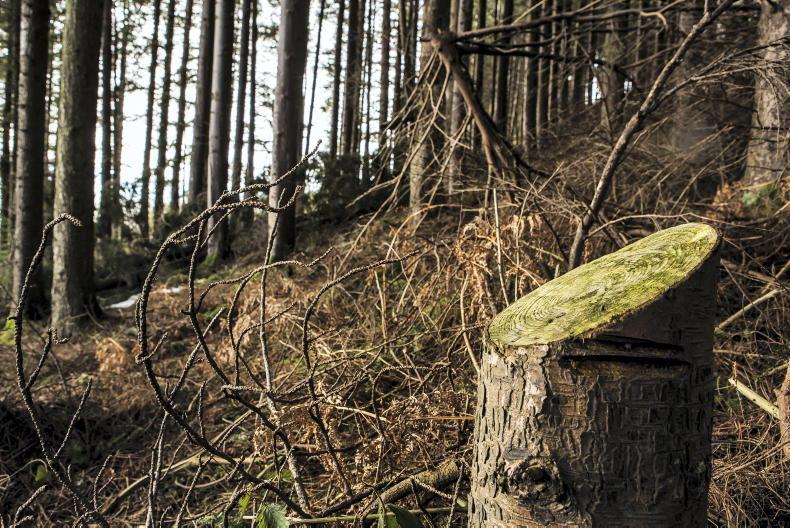
The new forestry programme gives farmers attractive opportunities to secure a return from investing in their land. \ Philip Doyle
The Department should have the personnel and experience to navigate the rise in activity that is to be expected with the introduction of the new programme.
“We have seen improvements in the past number of months. The applications we have put in have been turned around quite quickly but I am aware that the number of licences going into the Department has greatly decreased.
“A lot of it comes down to how well the applications are being put in as well. We do what we can to make sure there can be as few potential objections as possible. We answer questions before they are asked.”
Green Belt has partnered with Ecobase, a carbon verification project, to design a system which could see Irish landowners on their way to selling carbon credits to the highest bidder.
It will wait to analyse EU and Government carbon removal frameworks before releasing the idea to farmers and landowners seeking to plant forestry.
New actions are needed to claim carbon credits, so credits cannot be claimed on existing forestry, Ryan said.
Farmers usually have three or four years to register a newly-established woodland for certification.
He stated that a typical 10ha plot could take around €800 to certify and annual reporting could be free for the landowner, as the reporting costs are priced into what is received from the market.
Measurements gathered by drones, satellite imagery and other technologies are analysed to assess forestry biomass yield and estimate the carbon sequestered by trees.
The company is planning to produce annual reports which will be “transparent” and audited by an independent body, giving commercial entities the confidence to pay landowners for offsets, Ryan said.
‘Best possible deal’
“We want to be able to offer them the best possible deal but not tie them into something they can’t get out of.
“What has upset most people is that at the end of the [earning period], there is no earning for 15, 20 or beyond,” he continued.
“What carbon will do is actually bridge that shortfall from the premium time through to clearfell.
“Your carbon values will increase as your forestry matures. We will see a flatter income curve on forestry rather than peaks and troughs.
“Before, you would have had it being a close-run between beef and forestry. Now, we are almost competing with a low-yielding dairy farm. We have bridged that gap,” the director claimed.
The largest private forestry company in the State, Green Belt, is planning to double operations over the coming years having planted more than 500m trees since its foundation in 1982.
That is according to Maurice Ryan, who heads up business development at the company, which has grown to employ 27 staff from its base in Virginia, Co Cavan.
Ryan told the Irish Farmers Journal that Green Belt manages more than 35% of the 400,000ha of land under forestry currently and has witnessed strong interest in the State’s new €1.3bn forestry programme from farmers.
Green Belt was set up by two former civil servants – Mossey Ryan and Tim O’Brien – in a garage when the two saw an opportunity to plant lands for investor and pension funds.
It then entered the “private sector” to plant and manage woodland for landowners and farmers.
“We are looking to scale up quite considerably and double our headcount over the next programme, double it at least,” the business development head said.
New programme has a lot to offer
The new forestry programme gives farmers attractive opportunities to secure a return from investing in their land, Green Belt CEO Imelda Connolly told the Irish Farmers Journal.
Farmers now have more flexible planting options and do not have to plant an entire section of farmland with conifers, such as Sitka spruce, if they wish to continue farming alongside a forestry enterprise. More rigid forestry policies had not afforded farmers these choices in previous years.
Green Belt’s early indications point towards the new programme being popular among farmers, but the exact details around planting requirements and the conditions attached to the tax-free payments have yet to be released by the Department of Agriculture.
“With the increased premium rates, it is very attractive. We have already had quite a lot of interest in it and I think the variety of planting that they have introduced will bring a few of the more reluctant farmers on board, that they would plant certain areas of the farm,” said Connolly.
“They can do smaller scale, everything from 1ha up. There are a lot of options. People are considering that outlying bit of land or the bit that isn’t too productive.”
Connolly went on to explain that most farmers had not planned far enough ahead to know which species they will plant in 2023 and beyond.
It does seem like smaller-scale planting in less productive corners of farmland will see more broadleaves planted than earlier programmes.
“On species, most haven’t thought that far yet. We haven’t got the full details of the programme, so we don’t exactly know what details will come with each of the different forestry types but there is a lot of interest in broadleaves, particularly when it is an outlying piece or a smaller area.
“Farmers are much more conscious of biodiversity,” she remarked.
Spruce still the money maker
Although farmers establishing native woodland will receive tax-free premiums in excess of €1,000/ha for a 20-year stint, the commercial option, especially for larger-scale planting, still remains conifers, Connolly said.
You’re not planting a broadleaf crop for harvest value. Maybe for the next generation, but not for your own
Because of this, farmers should consider more than just the annual payments when deciding what to plant when making forestry plans.
“It’s definitely much more than the premium – there is the commercial crop, the thinning and the clearfell. Conifers still will be an attractive option for people looking for a college fund or a pension fund at the end. There will always be those who want commercial return and you have to go conifer if you want a financial return from the crop.
“You’re not planting a broadleaf crop for harvest value. Maybe for the next generation, but not for your own.
“There will be some value in firewood but nothing substantial for a long time. Typically, farmers will be planting the broadleaves for environmental reasons.”
The company’s offer for farmers
Where Green Belt says farmers can benefit from the services it offers is at the application and management stages.
The company justified management fees by arguing that the submission of a quality, well-researched application can speed up the planning and approval process, as well as allowing those unfamiliar with forestry to have their plantation managed by experts.
“The forests have to be maintained, broadleaves in particular, but they all need fencing, maintenance, cleaning, fertilising. We can advise and provide the maintenance services,” said Connolly.
The growing demand for land nationwide is pushing prices upwards and making it challenging for investors to buy land for the purposes of planting forestry, the CEO commented.
Despite this, Green Belt claimed that afforestation remains financially attractive to farmers or anyone else with cash reserves on hand.
“A lot of our business would have been farmers and investors looking to invest. Unfortunately, the price of land has gone up significantly and it is not as attractive as it used to be. One of the big concerns we have is land availability for forestry. There are so many competing demands for land.”
The new programme is also showing a broadening of the farmer demographic interested in afforestation, according to Connolly.
“The age of those making enquires has been quite mixed. Historically, it would have been mainly middle-aged farmers looking to invest for a pension.”
Connolly was optimistic that foresters are beginning to see the end of the licensing logjam that hampered afforestation over the past few years.

The new forestry programme gives farmers attractive opportunities to secure a return from investing in their land. \ Philip Doyle
The Department should have the personnel and experience to navigate the rise in activity that is to be expected with the introduction of the new programme.
“We have seen improvements in the past number of months. The applications we have put in have been turned around quite quickly but I am aware that the number of licences going into the Department has greatly decreased.
“A lot of it comes down to how well the applications are being put in as well. We do what we can to make sure there can be as few potential objections as possible. We answer questions before they are asked.”
Green Belt has partnered with Ecobase, a carbon verification project, to design a system which could see Irish landowners on their way to selling carbon credits to the highest bidder.
It will wait to analyse EU and Government carbon removal frameworks before releasing the idea to farmers and landowners seeking to plant forestry.
New actions are needed to claim carbon credits, so credits cannot be claimed on existing forestry, Ryan said.
Farmers usually have three or four years to register a newly-established woodland for certification.
He stated that a typical 10ha plot could take around €800 to certify and annual reporting could be free for the landowner, as the reporting costs are priced into what is received from the market.
Measurements gathered by drones, satellite imagery and other technologies are analysed to assess forestry biomass yield and estimate the carbon sequestered by trees.
The company is planning to produce annual reports which will be “transparent” and audited by an independent body, giving commercial entities the confidence to pay landowners for offsets, Ryan said.
‘Best possible deal’
“We want to be able to offer them the best possible deal but not tie them into something they can’t get out of.
“What has upset most people is that at the end of the [earning period], there is no earning for 15, 20 or beyond,” he continued.
“What carbon will do is actually bridge that shortfall from the premium time through to clearfell.
“Your carbon values will increase as your forestry matures. We will see a flatter income curve on forestry rather than peaks and troughs.
“Before, you would have had it being a close-run between beef and forestry. Now, we are almost competing with a low-yielding dairy farm. We have bridged that gap,” the director claimed.






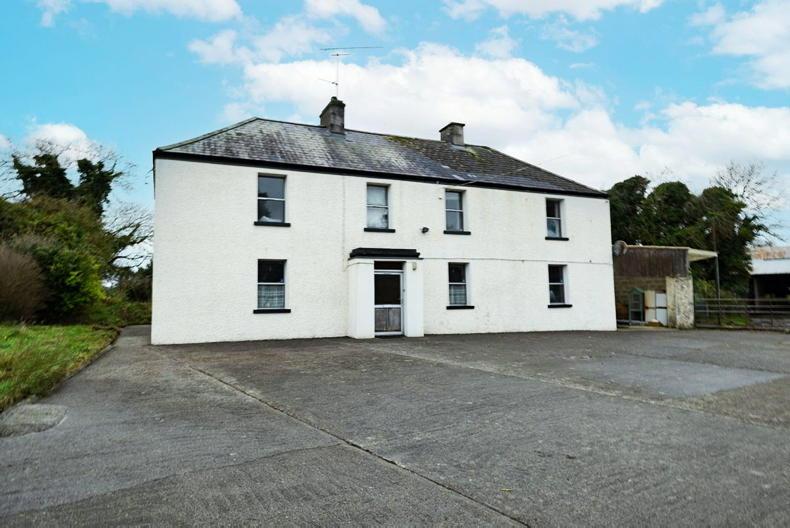
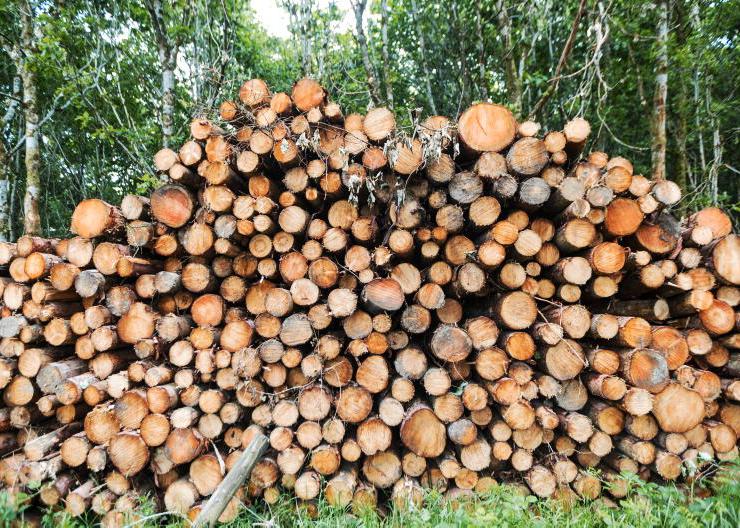
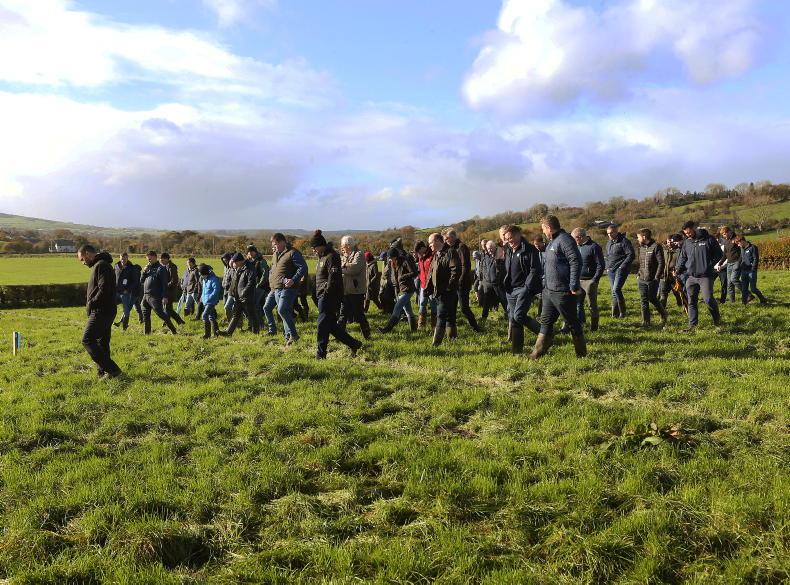
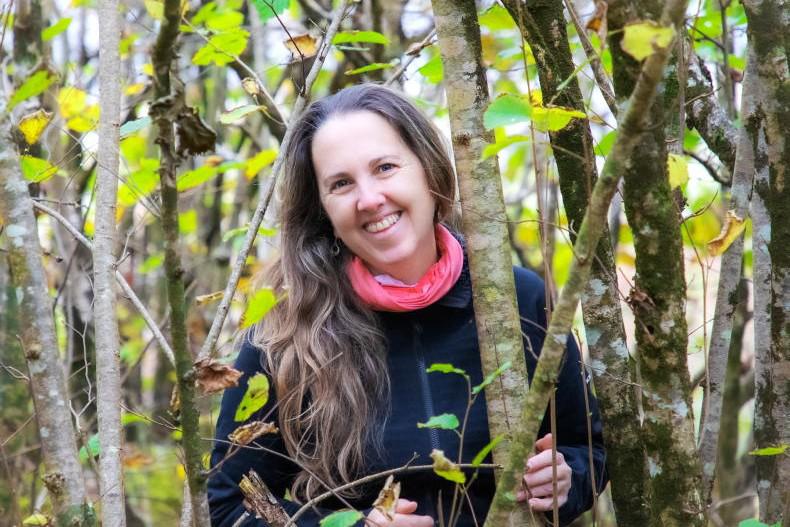
SHARING OPTIONS